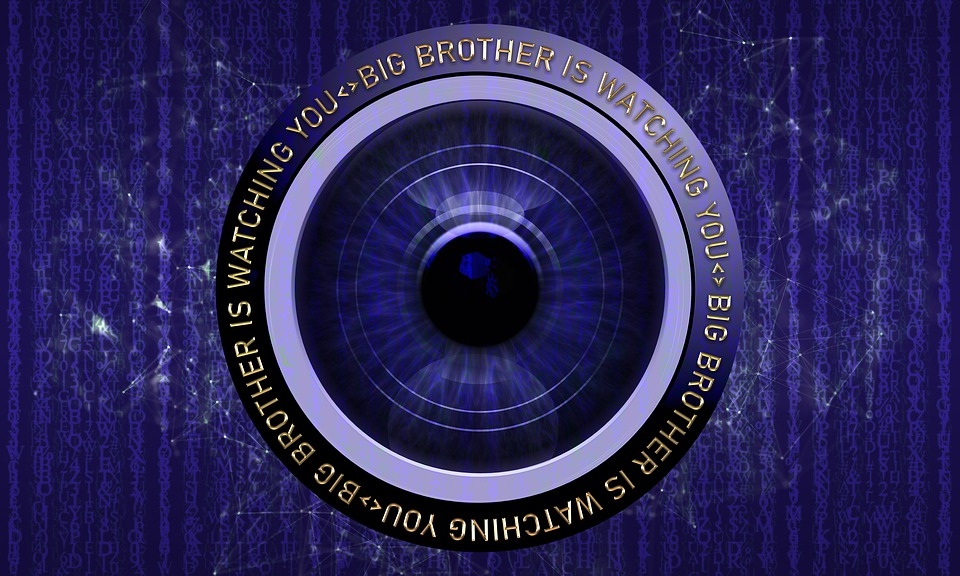This post is also available in:
 עברית (Hebrew)
עברית (Hebrew)
Video technologies and face recognition methods can enhance public safety and security, however there are legitimate concerns that these surveillance capabilities could be misused to recognize and track individuals.
A recent case demonstrates the problem. It has been reported that investors and clients of a facial recognition startup, Clearview AI, freely used its app on private occasions — and to spy on the public. The startup had a database of billions of photos, scraped from sites such as Facebook, Twitter and LinkedIn, and its breakthrough facial recognition system was in use by hundreds of law enforcement agencies.
In order to cope with such privacy threats, the U.S. Department of Homeland Security (DHS) Science and Technology Directorate (S&T) is currently engaging industry to develop and evaluate capabilities to address public concerns and still enable public safety organizations to operate.
The DHS is calling on companies developing privacy-enhancing technologies to submit applications for the 2020 Privacy Technology Demonstration that will examine the performance of technologies intended to protect the privacy of individuals by obfuscating or encrypting faces in videos.
The technologies sought include camera systems with edge processing capabilities or software capable of processing video in real-time, according to hstoday.us.
”Security and privacy do not need to be a zero-sum game,” said Arun Vemury, Director of DHS S&T’s Biometric and Identity Technology Center. “New camera technologies with advanced edge processing capabilities, as well as video obfuscation technologies, may help organizations to continue to provide public safety while protecting the privacy of individuals and guarding against technology misuse.”
The systems should be capable of collecting and processing live and/or stored video footage, such that the faces of any recorded individuals are obfuscated and cannot be identified by humans or by face recognition algorithms.


























